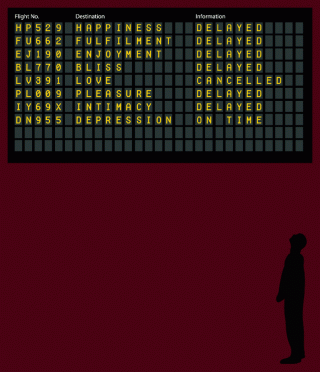All people manage their behavior so that they separate their frontstage from their backstage behavior. Invasions of privacy or slips showing backstage behavior are to be avoided at all costs.And that's pretty much the crux of the matter. If you've been to Disney World/Land as an adult, without children, then you know. Alexander Moore described how Disney World/Land is an American rite of passage, or a pilgrimage center.
A pilgrimage center is a bounded place apart from ordinary settlement, drawing pilgrims from great distances as well as nearby. It must have some place of congregation, some symbols on display readily understood by the congregated pilgrims.
Although expensive, there are a lot of things to do and appreciate as adults. The operations-side of the place is staggering to consider. There have been books devoted to the subject (more than two).
I'll spare more on the theory and get to the food. Food at Disney World is overpriced. It is not, however, typical amusement park grease-fare. For the most part, thought is put into menus and the final product. Portions are generally excessive, or at the minimum, entirely adequate. Most Disney food can be split in two and still fill each person up until the next meal.
For example, there's a place in the Magic Kingdom where you can order a burger, and then load up on it with a ridiculous amount of fixin's (for free), from grilled onions, grilled shrooms, nacho cheese sauce, practically everything you could want on a burger.
Aforementioned fixin' bar At Pecos Bill Cafe
One breakfast that we ate was Tonga Toast at the Polynesian Resort, a place that she claimed was "more Hawaiian than Hawaii is." If she were a postmodern academic philosopher, she would have said that the Polynesian Resort is an example of simulacra, where the simulation of Hawaii has played to what we believe Hawaii looks like. Eco's claim of hyperreality also stands:
In this sense Disneyland is more hyperrealistic than the wax museum, precisely because the latter still tries to make us believe that what we are seeing reproduces reality absolutely, whereas Disneyland makes it clear that within its magic enclosure it is fantasy that is absolutely reproduced. The Palace of Living Arts presents its Venus de Milo as almost real, whereas Disneyland can permit itself to present its reconstructions as masterpieces of falsification, for what it sells is, indeed, goods, but genuine merchandise, not reproductions. What is falsified is our will to buy, which we take as real, and in this sense Disneyland is really the quintessence of consumer ideology.Changing subjects, Tonga Toast is sourdough french toast with cinnamon; in-between the two slabs of bread are grilled bananas. I hate sourdough, but the taste was masked by cinnamon and banana. An absolutely wonderful way to start the day. The portion? Humongous.


No comments:
Post a Comment